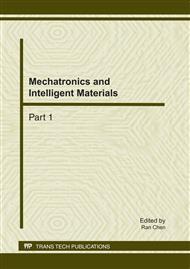p.250
p.254
p.259
p.264
p.270
p.275
p.280
p.285
p.290
Aero-Thermal Response Analysis for Sharp ZrB2-SiC Leading Edge of Waverider
Abstract:
Based on theory and semi-empirical formula, this paper uses the method of reference enthalpy to calculate the surface aerodynamic heating flux of waverider with sharp leading edge. On this basis, applying ultra high temperature ceramic materials ZrB2–SiC, thermal response of the sharp leading edge is studied. The results show that the aerodynamic heating can make thermal stress intensity extremum inside the structure exceed the ultimate strength of material quickly. Though the temperature inside the structure is much lower than material heat-resistant temperature extremes, thermal stress shock is able to cause material to damage in a very short time.
Info:
Periodical:
Pages:
270-274
Citation:
Online since:
February 2011
Authors:
Price:
Сopyright:
© 2011 Trans Tech Publications Ltd. All Rights Reserved
Share:
Citation:


